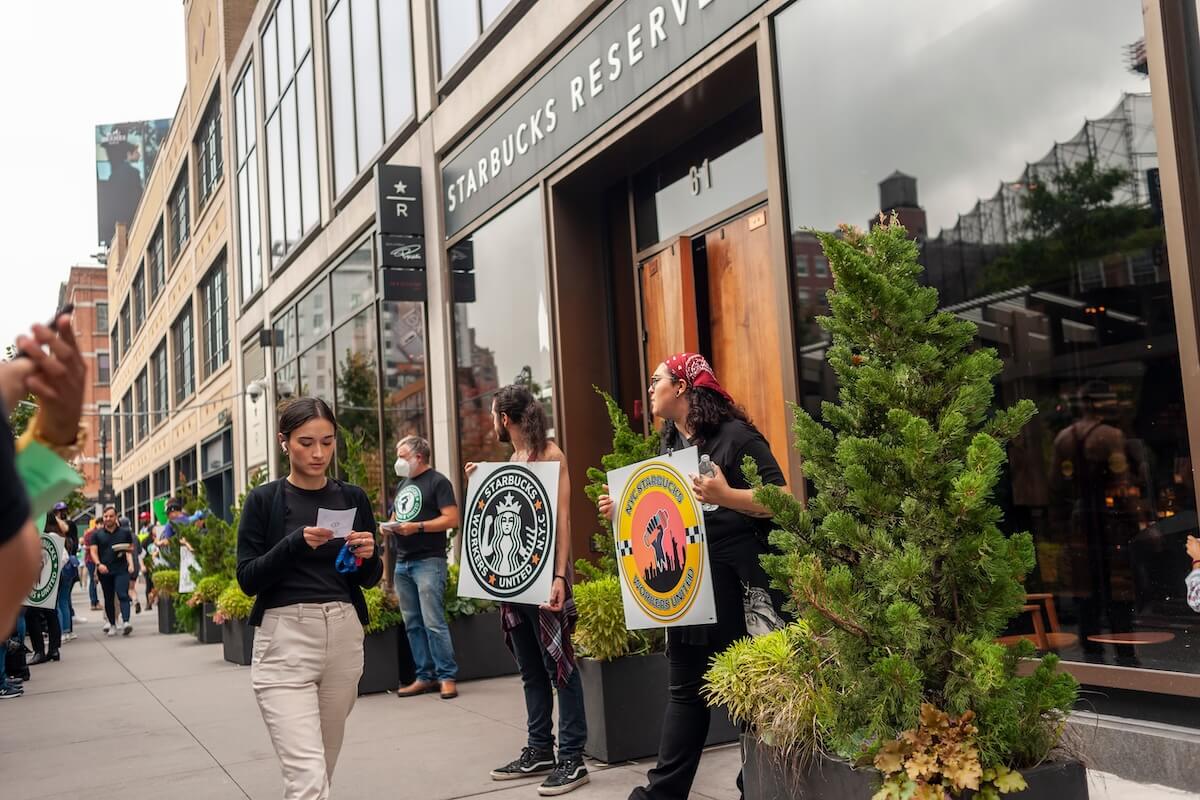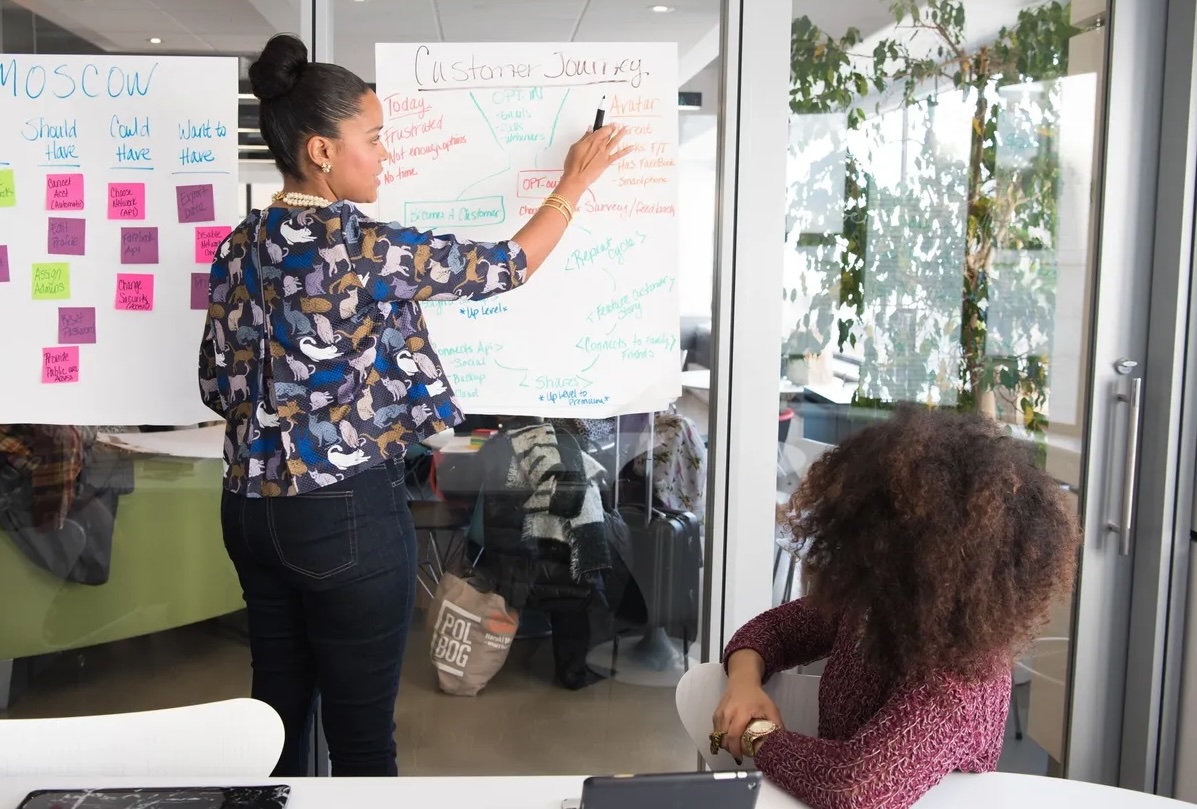ImpactAlpha, March 6 – Artists want to make art, not produce quarterly financial forecasting documents. But often they find themselves having to be both artist and chief financial officer, creative innovator and building manager.
At Chicago’s Silk Road Rising theater and media arts company last holiday season, founding executive director Malik Gillani beamed with pride at the production of “Christmas Mubarak,” an interfaith musical focused on the prominent role of Jesus in the Quran. Silk Road uses storytelling and dialogue to promote multicultural understanding about Asian and Middle Eastern Americans.
But Gillani also has to keep Silk Road Rising solvent through up-and-down cash cycles that have threatened the group’s existence. To cut costs, Silk Road Rising presents six theatrical programs a year for tenants of the building where it has offices in exchange for rent-free space.
“We had months where we had to go without salary,” he explained. “We had to call on donors and board members to say, ‘Can you float us money?’”
Over the last decade, Gillani has built a cash cushion with help from a loan program that also helps educate arts organizations in better management.
Working capital
The Arts & Culture Loan Fund, established by the MacArthur Foundation in 2009, helps nonprofits like Silk Road Rising meet short-term cash needs through access to working capital loans, improve financial management skills, and build credit histories to meet future financing needs. The fund has assisted 36 small- to mid-size Chicago organizations with budgets from $250,000 to $5 million. The program’s average credit line is $68,000, helping nonprofits build a credit history that can expand their access to financing.
The Arts & Culture Loan Fund fills a capital gap that particularly affects nonprofit arts organizations. Theaters face cash shortfalls when they incur production costs to put on a show in advance of grant disbursements and ticket sales. Conventional banks are often reluctant to bridge that gap. They perceive small non-profits as too risky and consider loans to them too costly.
The 2008 financial crisis, which dried up local bank lending, exacerbated this chronic problem. MacArthur responded with a new Arts and Culture Loan Fund in 2009, which invested in certificates of deposit (CDs) that could serve as collateral for arts-related loans. The CDs allow banks, such as IFF, a community development financial institution, to provide one-year lines of credit and one-time bridge loans to eligible arts nonprofits. The CDs protect against up to 95 percent of losses, and earnings on the CDs help offset the banks’ underwriting and monitoring costs.
An evaluation of the program in 2015 found that receiving a loan helped many participants maintain stability and programming levels and even consider artistic risks. More than 60 percent reported that the program helped them pay bills and manage the seasonality of their work.
For others, the loan was still not enough to keep them afloat. Some defaulted or ceased to operate. The foundation doesn’t expect the program to pay for itself, but still considers the loans a good investment. And making loans are a better bet than just providing grants.
The loans help arts organizations build “the financial muscle of both individuals and teams to be able to make the best choices they can with the limited resources they have,” explained Hilda Polanco, founder and chief executive of FMA, a financial management consulting service that administers the program and offers counseling and workshops for nonprofit staff and boards.
Proof points
About eight years ago, Silk Road Rising received $75,000 from the Arts & Culture Loan Fund. Since then, its budget has doubled to nearly $800,00. The theater and media company now employs more artists and has expanded its offerings and arts learning programs. Gillani says the additional resources and financial coaching helped his organization make better decisions and focus on the bigger picture of reaching its goals.
“What this cash allows us to do is to know that we have the time to make a game plan,” he said.
The Chicago Artists Coalition faced a problem common to arts organizations when CAC’s landlord was selling the building where it was located in the West Loop. Rising rents made it difficult to find affordable space nearby. The coalition supports artists and curators by offering residency programs, exhibitions, professional development and resources that enable them to stay and thrive in Chicago.
Moving further west to a loft-style building proved to be the best option for replicating its galleries, artist studios, and education center.
“For an organization with an annual budget of less than $1 million to move and to build out a new space is a significant financial undertaking,” said executive director Caroline Older. Without the loan fund, “it would have been incredibly difficult for us to do.”
Older says a line of credit from the Arts & Culture Loan Fund and four FMA training sessions helped CAC smooth out its cash flow. Meanwhile, it is on track to repay its loan on time and is raising more funds through a capital campaign to pay for a build-out at its new location.
Building resiliency
Arts organizations can opt-in for more intensive financial management workshops with FMA, where teams of arts administrators and board members work together to build knowledge and systems for their organizations. Participants tell us that the workshops increase staff leaders’ comfort and understanding of the financial side of running an arts organization.
We have also heard that by demystifying the nonprofit business model, the workshops fundamentally change the interaction between nonprofit boards and staff in positive ways. They use the words “transformative” and “life-saver” to describe the program.
The Loan Fund unlocks essential capital. When MacArthur created the Arts & Culture Loan Fund a decade ago, we expected that it would be a tactical tool that provided flexible funding to organizations to address the seasonality of cash flow. What we learned is that in addition to meeting tactical goals, it is also a strategic investment in building resiliency for arts organizations.
Cate Fox is a senior program officer of the Chicago Commitment at MacArthur Foundation and Allison Clark is an associate director of impact investments at the foundation.











